Paul J. Nahin - Dr. Euler’s Fabulous Formula: Cures Many Mathematical Ills
Here you can read online Paul J. Nahin - Dr. Euler’s Fabulous Formula: Cures Many Mathematical Ills full text of the book (entire story) in english for free. Download pdf and epub, get meaning, cover and reviews about this ebook. year: 2006, publisher: Princeton University Press, genre: Children. Description of the work, (preface) as well as reviews are available. Best literature library LitArk.com created for fans of good reading and offers a wide selection of genres:
Romance novel
Science fiction
Adventure
Detective
Science
History
Home and family
Prose
Art
Politics
Computer
Non-fiction
Religion
Business
Children
Humor
Choose a favorite category and find really read worthwhile books. Enjoy immersion in the world of imagination, feel the emotions of the characters or learn something new for yourself, make an fascinating discovery.

- Book:Dr. Euler’s Fabulous Formula: Cures Many Mathematical Ills
- Author:
- Publisher:Princeton University Press
- Genre:
- Year:2006
- Rating:4 / 5
- Favourites:Add to favourites
- Your mark:
Dr. Euler’s Fabulous Formula: Cures Many Mathematical Ills: summary, description and annotation
We offer to read an annotation, description, summary or preface (depends on what the author of the book "Dr. Euler’s Fabulous Formula: Cures Many Mathematical Ills" wrote himself). If you haven't found the necessary information about the book — write in the comments, we will try to find it.
I used to think math was no fun
Cause I couldnt see how it was done
Now Eulers my hero
For I now see why zero
Equals e[pi] i+1
--Paul Nahin, electrical engineer
In the mid-eighteenth century, Swiss-born mathematician Leonhard Euler developed a formula so innovative and complex that it continues to inspire research, discussion, and even the occasional limerick. Dr. Eulers Fabulous Formula shares the fascinating story of this groundbreaking formula--long regarded as the gold standard for mathematical beauty--and shows why it still lies at the heart of complex number theory.
This book is the sequel to Paul Nahins An Imaginary Tale: The Story of I [the square root of -1], which chronicled the events leading up to the discovery of one of mathematics most elusive numbers, the square root of minus one. Unlike the earlier book, which devoted a significant amount of space to the historical development of complex numbers, Dr. Euler begins with discussions of many sophisticated applications of complex numbers in pure and applied mathematics, and to electronic technology. The topics covered span a huge range, from a never-before-told tale of an encounter between the famous mathematician G. H. Hardy and the physicist Arthur Schuster, to a discussion of the theoretical basis for single-sideband AM radio, to the design of chase-and-escape problems.
The book is accessible to any reader with the equivalent of the first two years of college mathematics (calculus and differential equations), and it promises to inspire new applications for years to come. Or as Nahin writes in the books preface: To mathematicians ten thousand years hence, Eulers formula will still be beautiful and stunning and untarnished by time.
Paul J. Nahin: author's other books
Who wrote Dr. Euler’s Fabulous Formula: Cures Many Mathematical Ills? Find out the surname, the name of the author of the book and a list of all author's works by series.

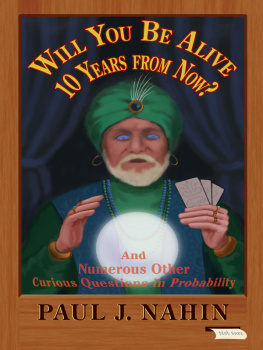
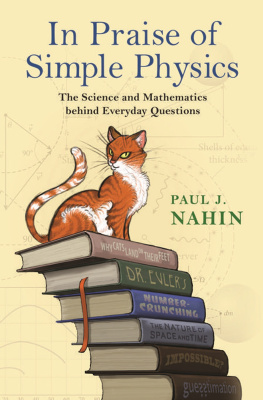
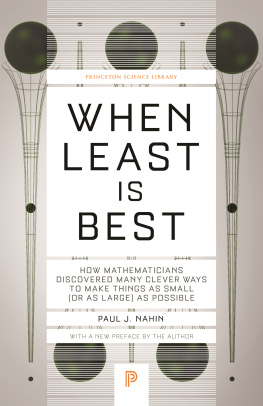
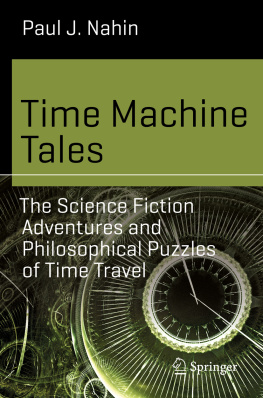
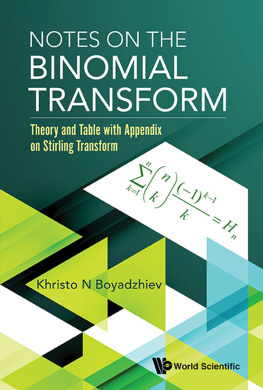
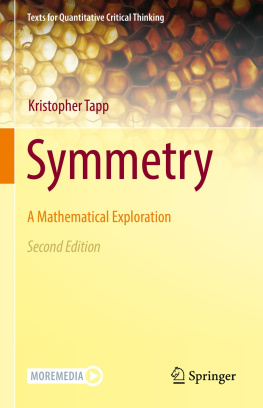
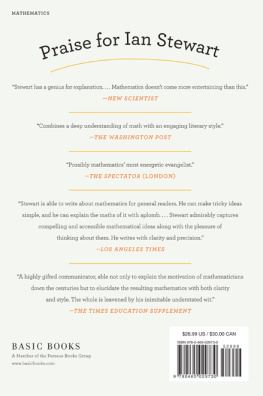
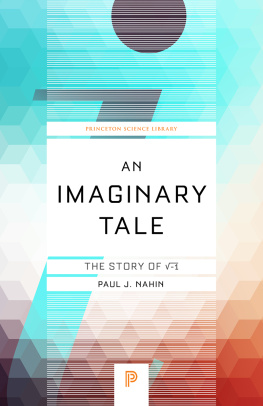
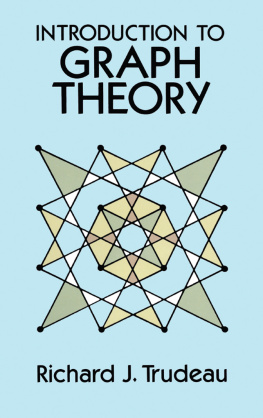
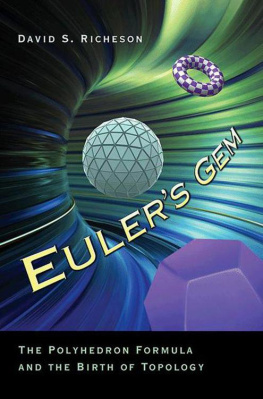


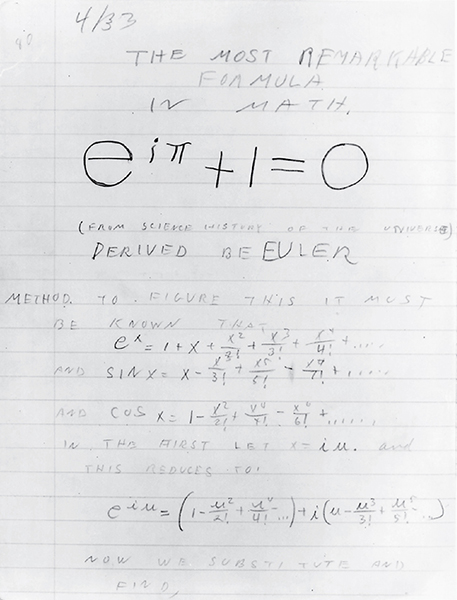





 (Princeton University Press, 1998, 2007, 2010). Both books were written because I have, since high school, been completely and utterly fascinated by the mystery of
(Princeton University Press, 1998, 2007, 2010). Both books were written because I have, since high school, been completely and utterly fascinated by the mystery of  and by the beautiful calculations that flow, seemingly without end, from complex numbers and functions of complex variables. I once came across a poem, titled The Happy Land, that nicely and exactly catches that fascination. Here it is, and if it resonates with you, too, then you are just the sort of reader for whom I wrote both of my books.
and by the beautiful calculations that flow, seemingly without end, from complex numbers and functions of complex variables. I once came across a poem, titled The Happy Land, that nicely and exactly catches that fascination. Here it is, and if it resonates with you, too, then you are just the sort of reader for whom I wrote both of my books.